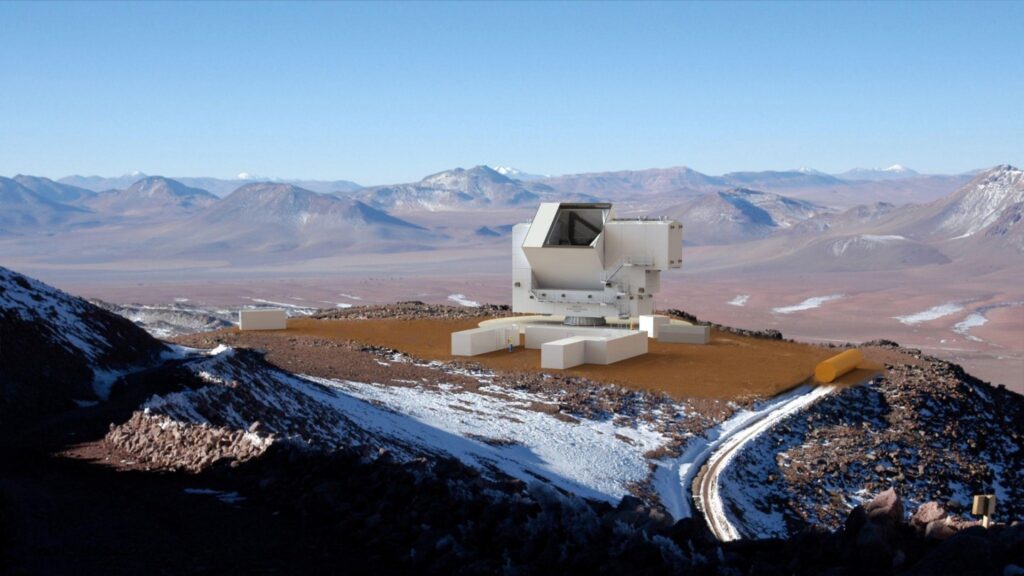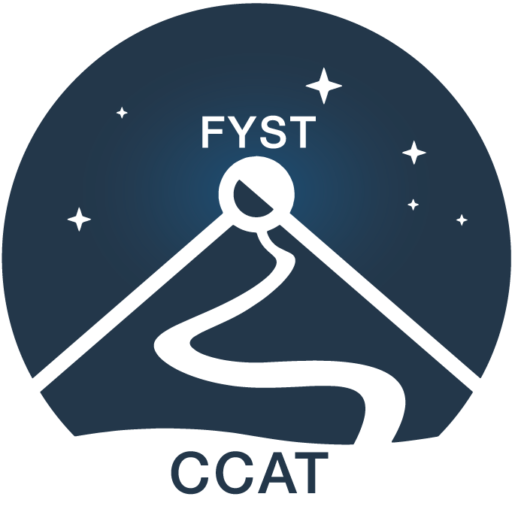A new super telescope will arrive in northern Chile
2025 April 1 – Universidad de Chile

A magnificent machine has arrived in our country, designed to operate at submillimeter wavelengths and located in an exceptional location on Chajnantor Hill. The FYST will become one of the most powerful astronomical instruments in the world, thanks to its high mapping speed and high sensitivity at its wavelength.
“We expect to conduct our first scientific observation (first light) in April 2026, and we hope to begin full-time scientific operations in July of the same year,” said Pedro Correa Krumenacker, the project’s construction manager.
A monster that will investigate infinity
The main sections of the telescope—except for the mirrors—were completed in November 2024 and arrived in Chile a few days ago. The logistics team behind the project expects the parts to be transported to the summit of Cerro Chajnantor in early April, a process that will take approximately nine months. Meanwhile, the telescope’s two mirrors are still in Germany, undergoing testing and alignment, and are scheduled to arrive in Chile next July.
“FYST was designed to make key observations in submillimeter astronomy. It will be a state-of-the-art observatory for the study of the radiation from the material that stands between us and the cosmic microwave background (CMB), with the ability to map the sky ten times faster than previous-generation machines,” added Correa Krumenacker. Its objectives include measuring the Sunyaev-Zel’dovich kinematic effect in galaxy clusters, mapping the CII emission from galaxies during the reionization epoch, and studying the interstellar medium in the Milky Way and other nearby galaxies. It will also enable the study of variable phenomena in the submillimeter, contributing to and complementing other time-domain astronomy projects.
“The University of Chile applauds this initiative. The national astronomy community will benefit from the arrival and installation of this fantastic instrument,” said Leonardo Bronfman, an astronomer in the Department of Astronomy at the University of Chile’s FCFM (Central University of Chile) and Chilean representative on the CCAT board.
The observatory is a joint effort of the CCAT Observatory consortium, comprised of the University of Cologne, the University of Bonn, and the Max Planck Institute for Astrophysics; Cornell University; and the Canadian Atacama Telescope Corporation, a group of eight Canadian universities led by the University of Waterloo.
